You just bought yours mirrorless camera or SRL, you can’t wait to test it with your favorite subjects. But first, a question all digital photography enthusiasts need to ask themselves: RAW or JPEG, which format to choose? Here are some pros and cons for both formats, to let you choose with greater knowledge of the facts.
RAW or JPEG, which format to choose for your photos
Looking at pictures JPEG or RAW on your camera (or on your smartphone), they look very different from each other. On one side the vibrant colors of JPEG, on the other the accuracy of RAW. By eye, an experienced photographer can recognize the two formats in an instant.
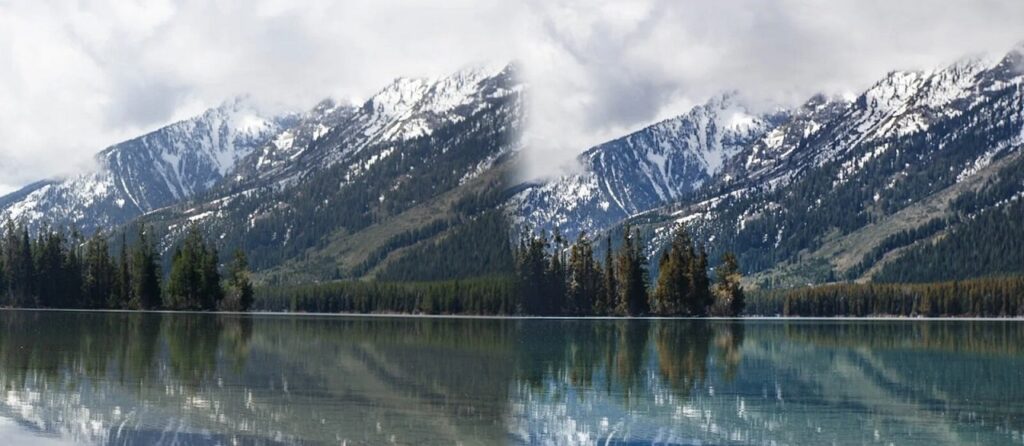 RAW (left) and JPEG (right)
RAW (left) and JPEG (right)
But besides the first impression, there are several pros and cons for both formats. Let’s go explore them together.
Pros and Cons of the RAW format
The RAW format is the equivalent of the negative in classic film cameras: it contains all the information collected, but needs a good photographer to enhance it. Furthermore, the RAW format does not have a real universal standard. Many smartphones and cameras use Adobe’s DNG format, but different brands (Nikon, Canon or Sony) use other formats.
What they have in common is that you need a specialized program to modify them: Adobe Lightroom o Photoshop are the best known examples, but there are also free alternatives such as Darktable e RawTherapee.
Reasons to love the RAW format
Many photographers would never take a picture without the RAW format because it holds the most data. They are considerate lossless, such as WAV or FLAC files for audio. Keep all the details, allows you to choose “what to release” in the editing phase: the more information you have, the better chance you have.
Also, the files RAW gives you more control than JPEG, giving you the possibility to decide how to develop the photography. The lack of unwanted effects (such as noise reduction or compression) compared to JPEG makes it easier to work in editing.
Editing these images in any editing program allows you to save the original before making the changes (while not all programs do the same with JPEGs).
It should be emphasized that RAW files capture more colors: they save 12-14 bits of information per channel, instead of 8 for JPEGs. This translates into 4096 or even 16384 shades of color for RAW, versus 256 for JPEG.
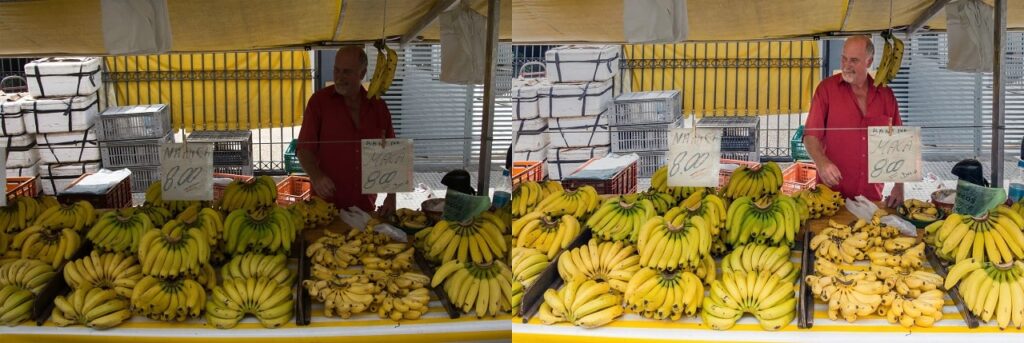 Image Credit: Wilfredor/Wikimedia Commons
Image Credit: Wilfredor/Wikimedia Commons
And consider that RAW files have a dynamic range maggioreallowing you to recover details in both brighter and darker areas.
The disadvantages of the RAW format
The RAW format, while loved by photographers, has some downsides. Among these, the most evident concerns a fundamental resource for all professionals and non-professionals: the weather. You can’t print a RAW file, or email it to family and friends who aren’t as passionate about photography as you. You can’t post it on social media. RAW format, unlike JPEG, is meant for editing and takes time to process.
Furthermore, it is a format designed for experts. If you don’t know how to use Lightroom or another editing program to improve the photograph taken, there is little point in shooting in RAW. There are programs that do it automatically: but then why not let the camera or smartphone do it by saving in JPEG?
In the end, requires more space to save images. This means memory cards will run out sooner, and the same goes for cloud space. Sending files wirelessly will take longer.
Who should choose JPEG files?
Lo standard JPEG (Joint Photographic Experts Group) nasce nel 1992, to become a format designed to capture and share images. Because of this, any program can open JPEG files. And any device takes pictures in this format: not just cameras and smartphones, but even flip phones and webcams. Most images on the web are JPEGs (even all of the ones in this article).
The advantages of saving in JPG
JPEGs have the advantage of being ready right away. The camera (or smartphone) does the work for you, like a digital Polaroid. You can shoot and send immediately to everyone: there are no computers and smartphones on the planet that do not open this format. Even any editing programnot just those that open RAW files, it can open a JPEG (you can edit them in Paint too, if you want).
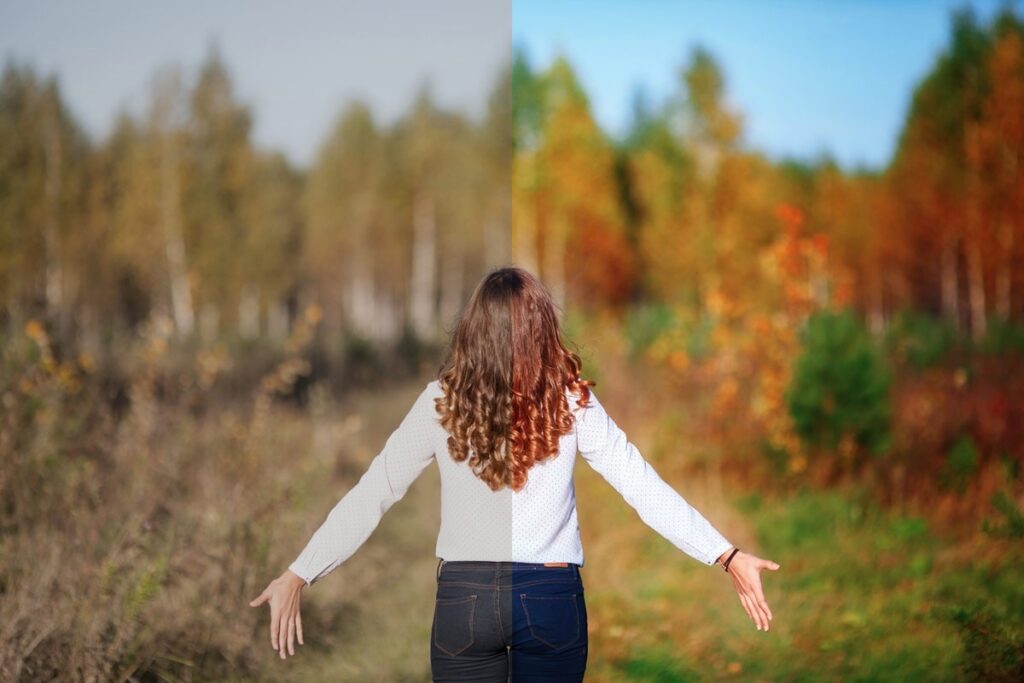
This format is intended for faster photography. If only because RAW files take longer to save to the memory card. If you need to take pictures quickly and serially (perhaps during a sporting event), JPEG may be the better choice.
You can decide to save your JPEG in different quality levels, from the lowest to the highest. But even the best JPEG images have a lighter weight than those in RAW format.
Cons of JPEG
Speed comes at the cost of the detail. JPEG files weigh less because the images are tablets and this leads to loss of detail. Which perhaps you would have preferred to have in the editing phase. JEPGs simply can’t capture all the information – they have to give up something. Especially in darker or extremely bright images, you may lose important details.
JPEGs are already processed by the camera. Which could have a different “taste” from yours. It may not be possible to bring out in the editing phase what you have caught with your eyes before shooting.
Which to choose: RAW or JPEG?
While there are “purist” photographers in both directions, the truth is that It depends on many factors. Like the weather you have, the light conditions, the type of content (social media? print?). And above all, the amount of work you want to invest in improving the shot in the editing phase.
The undecided always can save in both formats, many cameras allow it. But be prepared to empty your memory card and cloud often, it will take up a lot of space. And remember that there are other more essential details, such as the composition of the image, to take into account.






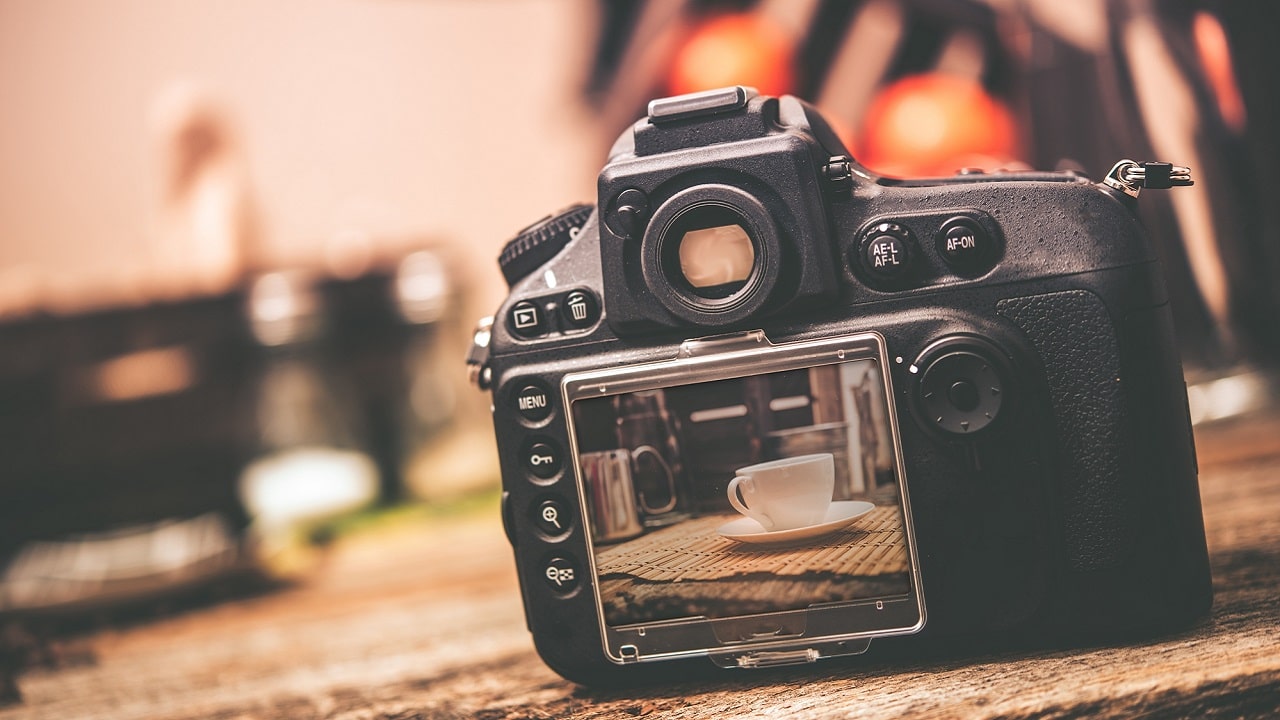







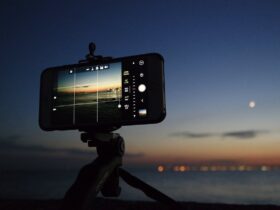
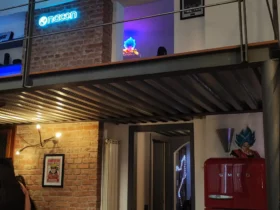
Leave a Reply
View Comments